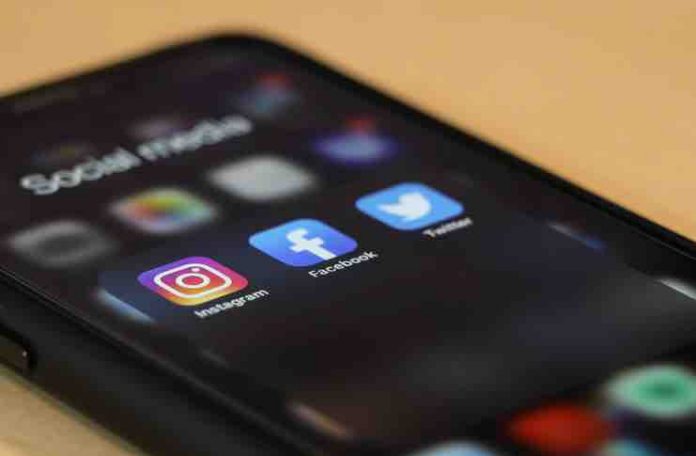
The definition of fake news is self-explanatory. However, there is a discord of opinions of what kind of news can be considered “fake,” as merely calling anything a little doubtful fake can itself be unreliable and ignorant. Generally, the most apparent threat related to “fake news” is that it devalues and covers reliable and objective information delivered by authoritative institutions. It hinders society from carrying out rational debate and undermines trust. The fundamental reasons fake news proliferates are input based on data fragments and politicization and its promotion as legit news.
Moreover, the distribution of information is now democratized. Social media platforms allow access to data and its sharing, so anybody can create content that is difficult to differentiate from authentic details. The demand for fake news may arise if a consumer needs to get information as quickly as possible. But why is “fake news” credible? First of all, it often disguises itself as traditional journalism or claims to have authority over it. As sometimes the public opinion of traditional media sources is not alluring, the alternative sources gain credibility in the public’s eye.
The Prominence Of Digital Distribution
In the modern digital era, ownership of major news sharing has shifted from authorized content creators to digital actors, whose truthfulness is often left unchecked. Digital distribution opens opportunities for easier targeting and limited exposure of sources. Accordingly, a large amount of different content is shared with a mass audience, which allows the creation of massively shared facts and values, as most people try to contact others who share similar opinions and values.
So with simplified targeting, individuals and organizations are now able to attract more attention to their social media profiles; however, if you wish to get the word out way faster than usual, it is essential to ask for safe services like SocialGreg. It’s an online promotional tool for social and individual website services which has over two hundred thousand active customers.
Understanding News’ Influence
Generally, users do not always check for information sources. In this case, their opinions and beliefs are more likely to be influenced by the news they get, as psychologically, people tend to believe that there is a reason for anything if they see others talking about it. So massive sharing of information on social media may influence how the public perceives it.
People often use the number of likes, comments, or shares as a determinant of credibility, even if the content of the information is rationally doubtful. Moreover, when users receive news through online platforms, traditional distributors lose their profits as newspapers hire staff who investigate, write, check credibility, review, and edit work. These processes and professionals have less worth for online media, requiring too much time and expenses.
Main Actors Of Information Distribution
- Content consumers – the segment of the audience who receive this information.
- Content creators, journalists, bloggers, influencers, mass media.
- Content distributors with a more traditional nature: newspapers, channels, broadcasters, and more modern digital mediums: blogs, social media websites, search engines, and online news.
- Authenticity checker organizations, trade organizations.
- Economic supporters and sponsors (advertisers, fundraisers, and users)
Measures Against Fake News
Solutions against false news spreading may be official on a government level and non-official on a society’s level itself. Government regulations usually can reach a more profound level of the problem than societal ones; they can address issues that non-governmental institutes would like to address but have no ability or authority to do so. They also may put pressure and obligations on digital content distributors to recognize themselves as modern media representatives.
However, all this is against democratic principles and freedom of speech as it might result in excess censorship, and authorities might use it for authoritarian means. Moreover, it would not be easy to monitor all the information flow through the internet and social media, which would result in banning certain websites and platforms and still result in a non-democratic environment.
And also, besides the mass media, governments do not hold an enviable reputation, and the public might be skeptical of the authority’s decision of censorship and regulations. In the case of preventive government regulations, social media and other related technology companies would face significant losses; their advocates would argue that the proliferation of false information is more or less the fault of human nature and psychological drivers. Thus digital media is a mere tool, a vital phenomenon with its side effects.
If Not Governmental, Then What Kind Of Solution Would Solve The Problem?
As to most of the social issues, there is no fixed and permanent solution for misinformation; however, here are some recommendations: the content consumer should have better education and critical thinking skills to distinguish credible information from false. However, this is a long-term process and involves educational reforms implementing critical thinking practices in schools’ programs. Traditional norms and standards should be adapted to digital platforms, such as the fact-checking process. Content sharing mediums should bring in tools to filter information flow through their platforms; advanced algorithms should be implemented as they would filter out obviously fake news and delete it or ask its publishers for sources.
Want to read more of our latest posts? check out the influence of Social Media on COVID-19 awareness.
Arun is an avid blogger and business expert. He’s been in business from the moment he finished school and hasn’t stopped growing ever since.




